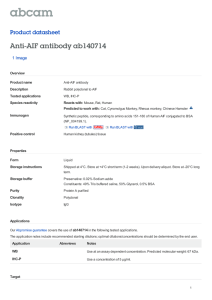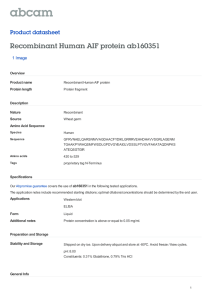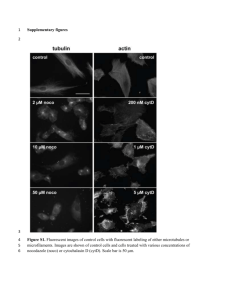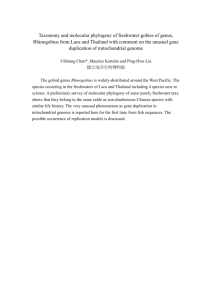UNIVERSITY OF MALTA
advertisement
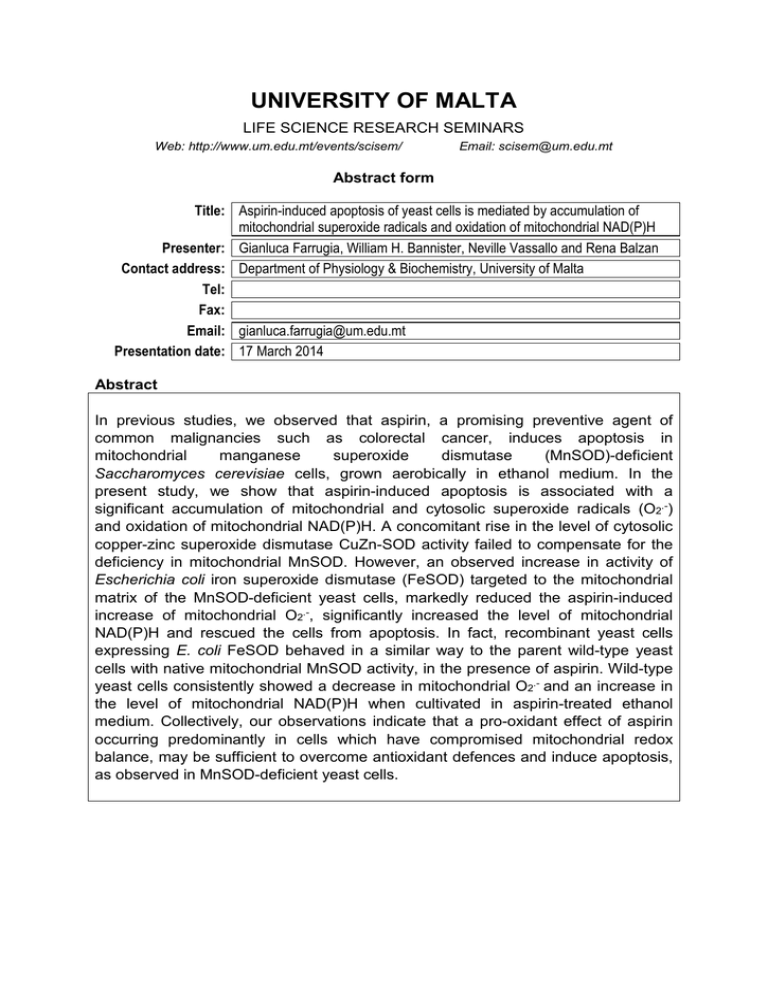
UNIVERSITY OF MALTA LIFE SCIENCE RESEARCH SEMINARS Web: http://www.um.edu.mt/events/scisem/ Email: scisem@um.edu.mt Abstract form Title: Aspirin-induced apoptosis of yeast cells is mediated by accumulation of mitochondrial superoxide radicals and oxidation of mitochondrial NAD(P)H Presenter: Gianluca Farrugia, William H. Bannister, Neville Vassallo and Rena Balzan Contact address: Department of Physiology & Biochemistry, University of Malta Tel: Fax: Email: gianluca.farrugia@um.edu.mt Presentation date: 17 March 2014 Abstract In previous studies, we observed that aspirin, a promising preventive agent of common malignancies such as colorectal cancer, induces apoptosis in mitochondrial manganese superoxide dismutase (MnSOD)-deficient Saccharomyces cerevisiae cells, grown aerobically in ethanol medium. In the present study, we show that aspirin-induced apoptosis is associated with a significant accumulation of mitochondrial and cytosolic superoxide radicals (O2.-) and oxidation of mitochondrial NAD(P)H. A concomitant rise in the level of cytosolic copper-zinc superoxide dismutase CuZn-SOD activity failed to compensate for the deficiency in mitochondrial MnSOD. However, an observed increase in activity of Escherichia coli iron superoxide dismutase (FeSOD) targeted to the mitochondrial matrix of the MnSOD-deficient yeast cells, markedly reduced the aspirin-induced increase of mitochondrial O2.-, significantly increased the level of mitochondrial NAD(P)H and rescued the cells from apoptosis. In fact, recombinant yeast cells expressing E. coli FeSOD behaved in a similar way to the parent wild-type yeast cells with native mitochondrial MnSOD activity, in the presence of aspirin. Wild-type yeast cells consistently showed a decrease in mitochondrial O2.- and an increase in the level of mitochondrial NAD(P)H when cultivated in aspirin-treated ethanol medium. Collectively, our observations indicate that a pro-oxidant effect of aspirin occurring predominantly in cells which have compromised mitochondrial redox balance, may be sufficient to overcome antioxidant defences and induce apoptosis, as observed in MnSOD-deficient yeast cells.




